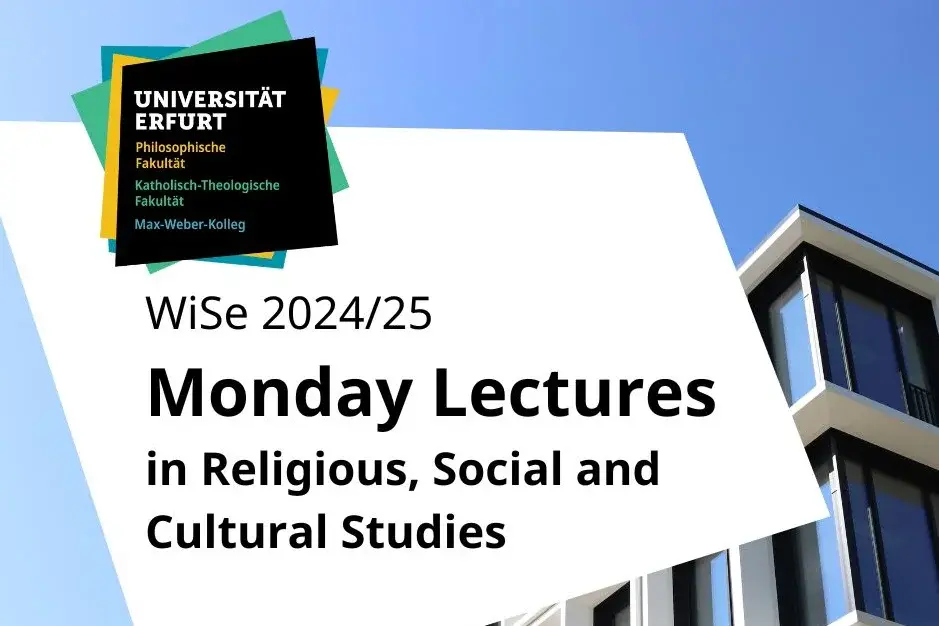About the event
The lecture series aims to work on the discourses and practices of late polytheism to understand whether and how these cults evolved between the second half of the fourth century and the end of the fifth century. Historiography often considers the post-Constantinian period as a time of crisis and decadence in traditional religions. Polytheistic cults, however, did not disappear at once, and their practice adapted to the legal and institutional changes of the empire. The four lectures will examine how late polytheistic cults evolved in their spatial, ritual, and social dimensions. Following a chronological itinerary, we will first ask whether polytheism in the second half of the fourth century was influenced by the spread of Christianity and the ensuing reversal of power in favor of Christians over pagans. Second, we will attempt to clarify how traditional rites, especially sacrifices, were reorganized at the end of the 4th century and whether it is appropriate, as several recent studies claim, to speak of privatization or crypto-paganism. Finally, we will examine the social status of polytheistic actors to test the oft-held idea that, particularly in the 5th century, traditional religion gradually moved from urban to rural spaces.
25.11.2024 | Part II: Multiple initiations for the late antique elite: polytheistic dynamism or pagan crisis?
The second lecture will analyze the question of multiple initiations into mystery cults among aristocrats in the Roman world in the second half of the fourth century. Both in Libanius’s orations (e.g., Oration 15 To Julian on Behalf of Aristophanes of Corinth) and in inscriptions from the second half of the fourth century (e.g., Vettius Agorius Praetextatus in Rome or Mousonius in Attic), multiple initiations appear as a mark of prestige within the cursus honorum. Albeit in a rhetorical construction aimed at condemnation, Christian authors also testify to the social status linked to the initiations, as in the case of the Confession of Cyprian the Magician.
The accumulation of religious responsibilities has hitherto been interpreted either as a consequence of the decadence of the polytheistic religion, due to the dwindling number of people willing to take on traditional religious functions; or as a sign of the new vitality of polytheism, supported first by the emperor Julian and then by the usurper Eugenius. We will examine the relevance of these interpretations in the light of changes in polytheistic ritual practices in the second half of the fourth century.
- 18.11.2024 | Part I: The "last pagans" and the "end of paganism": ancient and modern discourses
- 02.12.2024 | Part III: New sacrifices? Performing orthopraxy in the fourth and fifth centuries
- 09.12.2024 | Part IV: Who really are the hellenes and the pagani in the fifth-century Roman Empire?
This event from the Monday Lecture series is organised by the Max-Weber-Kolleg for Cultural and Social Studies.
All interested parties are cordially invited. Registration is not required.


